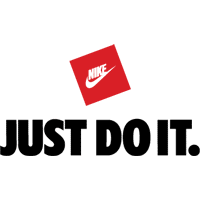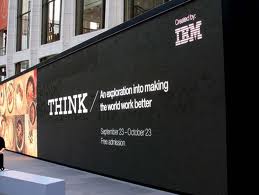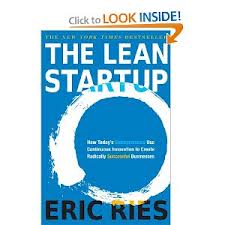What’s your management philosophy – “just do it” or “think”?
 Just do it and Think seem to be the two dominating management philosophies in the software industry.
Just do it and Think seem to be the two dominating management philosophies in the software industry.
Just do it (and see what happens) is obviously inspired by the Nike slogan from 1988. It represents the action and execution-oriented approach to getting things done.
IBM founder Thomas J. Watson Sr. introduced Think in the 1940s. It represents the due diligence-based approach where the action is the last mile of a step-by-step process setting objectives, strategizing and planning.
Just do it
The Just do it approach is favoured by entrepreneurs and some top executives who have a non-academic mentality and an extreme need for action and quick results. It has many benefits, but also some solid drawbacks. The Just do it approach only works in environments where failure can be tolerated. Airlines need to ensure that passengers survive their voyages. Nuclear power plants shouldn’t blow up. Drinking water should not become contaminated. Food should be fresh and non-poisonous, etc.
The Just do it approach is the favourite in environments where something MUST be done NOW – irrespective of the outcome.
Think
 The Think approach obviously applies where academics are involved and/or there’s a lot at stake and/or where failure is not acceptable nor appreciated. Large corporations and government mostly subscribe to the Think approach. Failure may be very expensive and downright unacceptable. Failure may be devastating for one’s further career. The publicity following a failure may be devastating to a company’s reputation. In these environments thinking and planning are prestigious activities and producing reports is considered productive.
The Think approach obviously applies where academics are involved and/or there’s a lot at stake and/or where failure is not acceptable nor appreciated. Large corporations and government mostly subscribe to the Think approach. Failure may be very expensive and downright unacceptable. Failure may be devastating for one’s further career. The publicity following a failure may be devastating to a company’s reputation. In these environments thinking and planning are prestigious activities and producing reports is considered productive.
The Think approach is the favourite in environments where the individual and the organization will live comfortably (at least for some time) with NOTHING NEW done.
The two cousins of Just do it and Think
There are two cousins of Just do it and Think. One of them is worth considering and the other is worth avoiding.
The Lean Approach
 I am just about to finish the book The Lean Startup by Eric Ries. Although the title indicates that this is a book for startups, I will argue that it is a book for anyone involved in business activity – commercial or not-for-profit.
I am just about to finish the book The Lean Startup by Eric Ries. Although the title indicates that this is a book for startups, I will argue that it is a book for anyone involved in business activity – commercial or not-for-profit.
The lean approach combines thinking with doing in a very intelligent way. The intelligence lies in using the knowledge that your doing will accumulate in your future thinking. Lean requires thinking, but not for too long. It’s the doing that will verify if your thinking was correct. If it proves that your thinking was not correct, then you have learned something very valuable, which you can use in the next iteration.
Lean is a meaningful combination of thinking and doing: Just think and then do it!
Does sound pretty obvious. Surprisingly seldom applied, though.
Wait and see
The other cousin is the Wait and see approach. This is the dominating approach applied in the software industry and maybe also in all other industries.
The Wait and see approach means that – unless the house is burning – we will make no changes and do nothing different.
The Just do it and see what happens approach is always successful. You will always see what happens. The drawback is that 99% of the time it was not what you hoped for and you have no mechanisms in place to learn from either the failures or the successes.
The Think approach requires a thinking framework and documentation. If you are busy with day-to-day petty challenges, embarking on a Think project seems overwhelming.
“Let’s wait and see” become the de facto consequence of repetitive procrastination.
Where does Wait and see lead to?
The Wait and see prescription makes good sense in the healthcare domain. Most human illnesses will go away by taking it easy and wait.
In business it’s different.
Funnily enough, Wait and see approaches will eventually set the house on fire, cause an earthquake or start a landslide.








